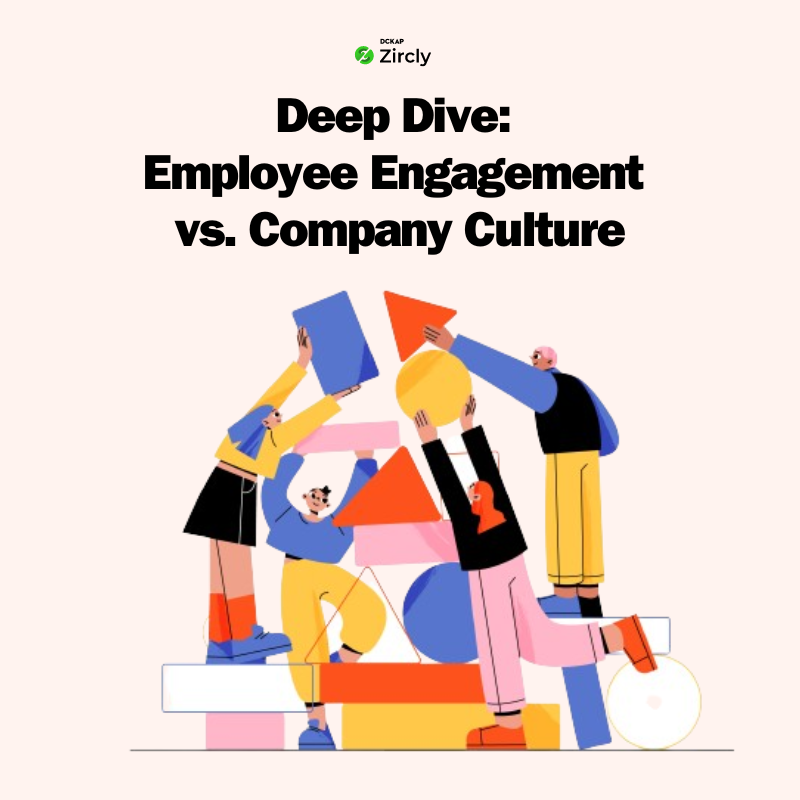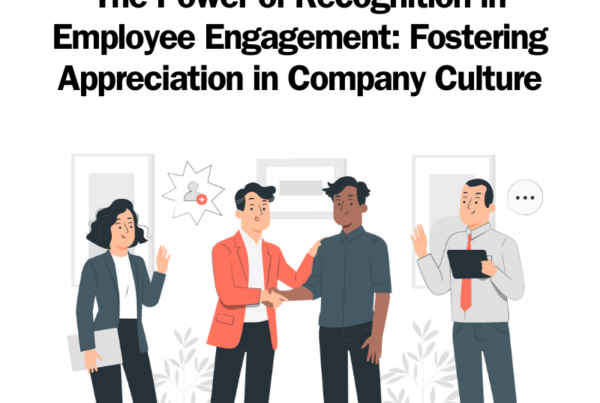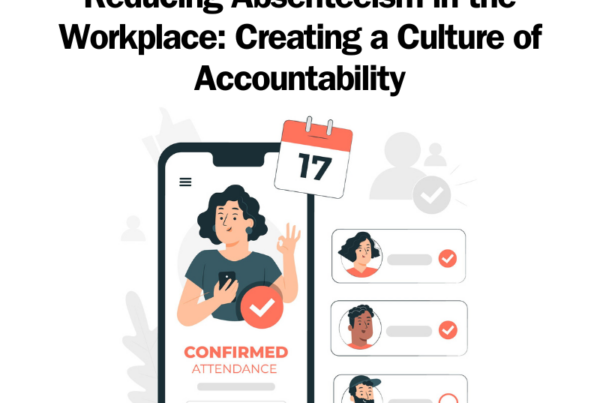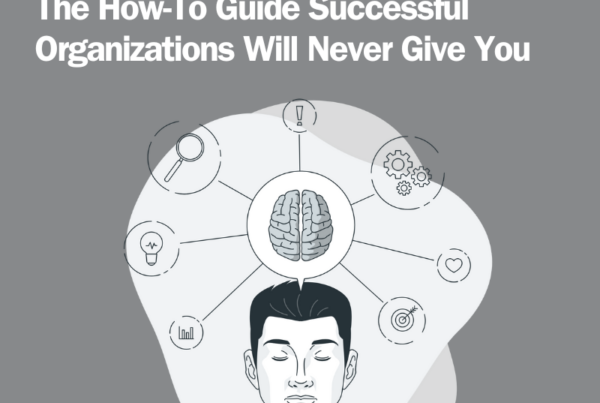
Employee engagement and Company culture– two ideas that are almost like brothers– important to business, people-centric, and alliterations. Two ideas that seem so similar one might think they are interchangeable. But look a little deeper and the nuances and differences become strikingly obvious. Today, we are going to do just that– dive a little deeper and see how they differ.
What Exactly is Employee Engagement?
Employee engagement is the emotional connection and commitment employees have toward the company and the work they do. For a more detailed explanation of employee engagement, read our last post.
Essentially, employee engagement measures and improves the enthusiasm, dedication, and passion employees feel in their everyday lives. It’s a critical factor in predicting the success of an organization because engaged employees are more likely to be motivated, and driven and align their goals with the company’s mission and values.
Unveiling the Layers of Company Culture
Company culture, on the other hand, is the collective personality of an organization. It includes the company’s values, beliefs, behavior, traditions, and other things that define its identity.
Essentially, company culture sets the tone for how employees interact and collaborate with each other, and make decisions big and small. It is the invisible hand that shapes organizational norms, fosters camaraderie and ultimately influences employee engagement.
Distinguishing Between the Two
While company culture and employee engagement are intricately linked they are not the same. The simplest way to contextualize the two is to think of company culture as the overarching framework within which employee engagement lives and flourishes. A strong culture is the foundation on which employee engagement is built and fostered while promoting trust, transparency, and open communication in the process.
Engaged employees on their part contribute to and reinforce a positive culture through their attitudes, actions, and interactions.
The Big Picture- Why Does Employee Engagement & Company Culture Matter?
Both company culture and employee engagement are critical to organizational success. A robust culture cultivates a sense of belonging and purpose, driving up engagement rates, and engaged employees become brand ambassadors, championing the organization’s values and attracting top talent.
Both company culture and employee engagement are also critical to the mental health of employees, influencing both how employees feel at work and about work.
Practical Strategies for Enhancing Both
So, how do you nurture both, together? Here are 4 strategies explained simply.
Foster Open Communication: Communication is the foundation of trust and transparency. Encourage dialogue between people from different teams and across all levels of the organization to build trust and transparency.
Recognize and Reward: Everyone enjoys knowing that they have had an impact through their work and contributions. Acknowledging and appreciating people’s contributions reinforces engagement and upholds cultural values.
Invest in Development: Development and results are two sides of the same coin. Providing people with opportunities to grow whether through skill-building, career advancement, or personal growth to keep employees engaged, driven, and motivated.
Lead by Example: Leaders play a crucial role in driving culture and shaping engagement. Leading with integrity, empathy, and authenticity is key to inspiring people and moving them to change and action.
In Conclusion,
Employee engagement and company culture may not be brothers, but their relationship surely is symbiotic. Empowering employees through trust and inclusivity nurtures engagement. An engaged workforce is one that is aligned with the company’s vision, mission, and strategy, but more importantly one that drives the success of the organization.
Platforms like Zircly are a great way to nurture engagement. Whether you are a fully distributed organization or an in-office organization Zircly allows your employees to connect over shared interests and goals creating an engaged workforce without much effort from your end.




